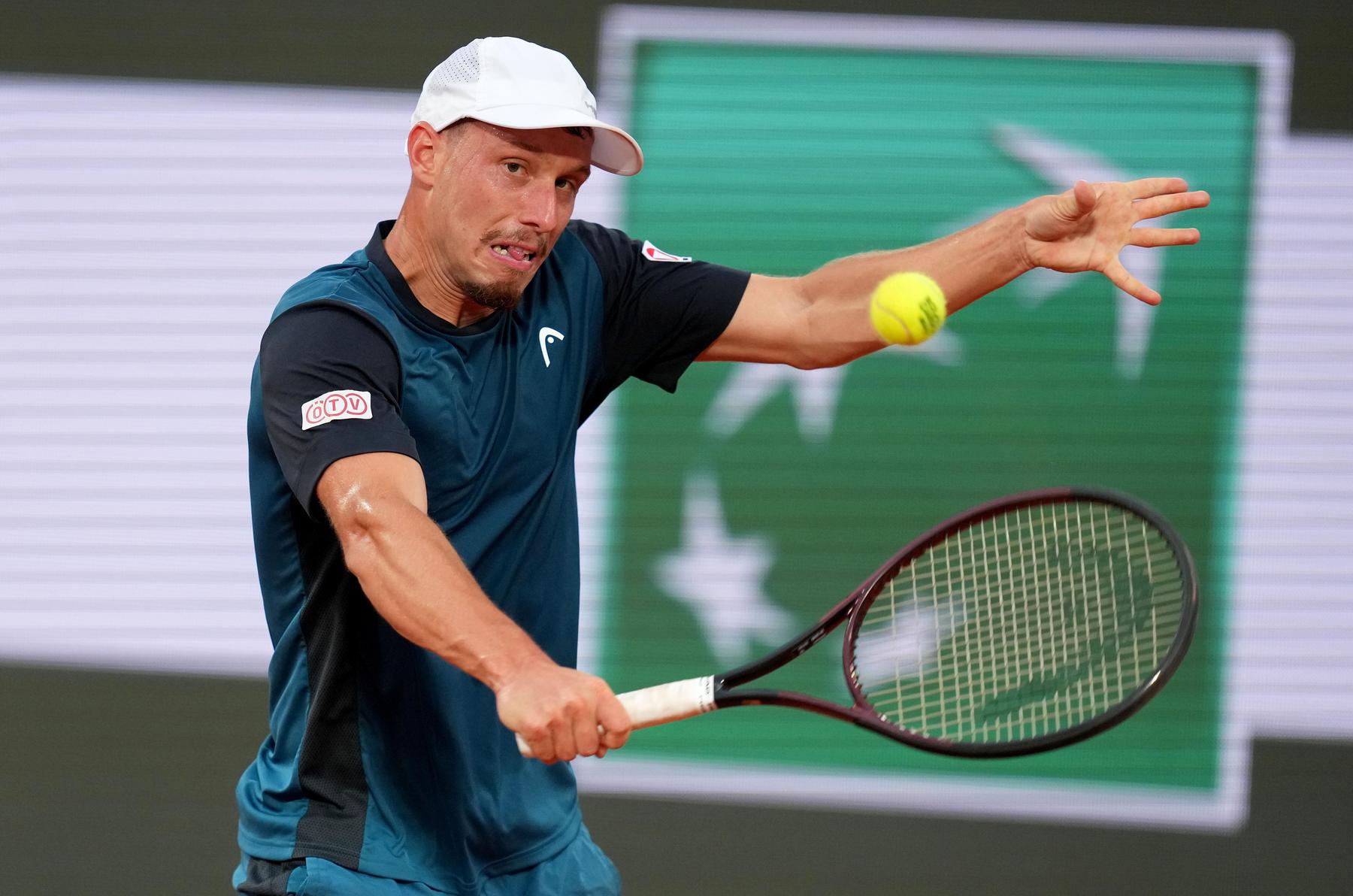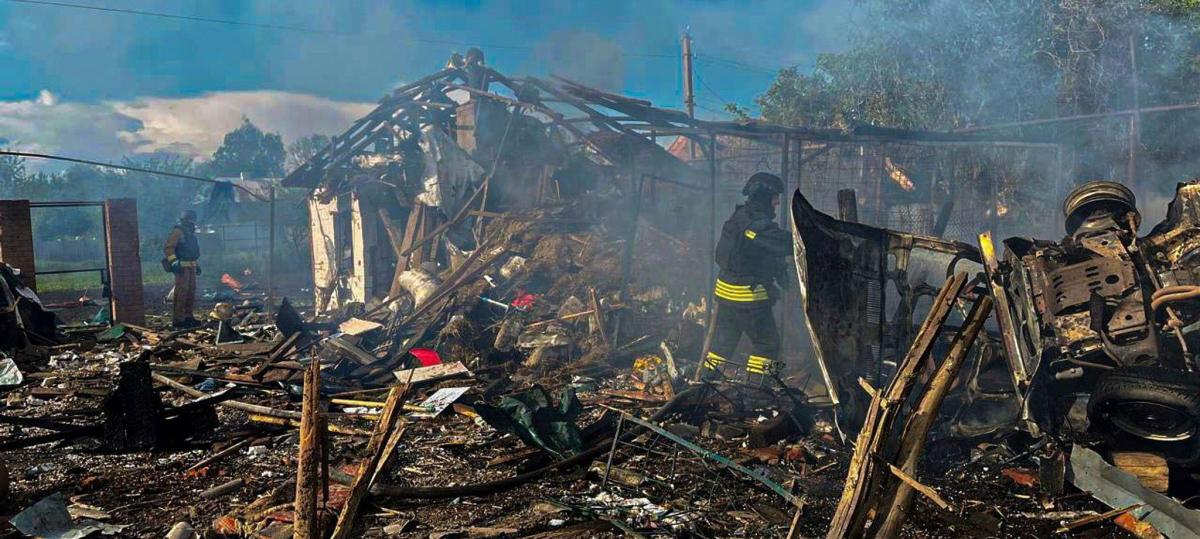Ola Larsmo: We must wake up for the consequences of hate language

It has now been more than three weeks since Rickard Andersson's mass murder at the Risbergska school in Örebro. What has happened slowly forms a hardening in our general consciousness, of uncertainty and fossilized fear.
Immediately after the deed, the police asked us to avoid speculating on Andersson's motives. It is reasonable for some time – but if we do not get facts, speculation will be everything we have. That many of his victims were people who did exactly what the institutions of society told them – deepen their Swedish knowledge – according to many, speak to a racist motive. We are groping for all or part of the explanation. If it exists.
Unlike Other comparable cases, Andersson seems to have surprisingly few digital traces behind him. But there is extensive research on similar mass murder. Anyone who wants can establish a night -black list of the cases where someone in recent years indiscriminately murdered to the perpetrator completely unknown people. Ideological reasons can change – or missing.
It was anti-Semitism when Gregory Bowers murdered eleven in Tree of Life synagogue in Pittsburgh 2017; Muslim hatred when Brenton Tarrant shot killed fifty in the Christchurch Mosque in 2020; Jihadist hatred when the Koauchi brothers murdered twelve in and around Charlie Hebdo's editorial staff in 2015. The common thing is that the victims are anonymous for the murderers, other than the intended representatives of an abstract group. At the bottom lies the deadly generalization – you are a « such ».
Rakhmat Akilov had a final rejection of a residence permit when, in IS's name, he murdered five people on Drottninggatan 2017. Andersson was rejected by the social support from the social, and may have been canceled for the Riseberg school's premises. These are mainly isolated people who enclosed in a mental pressure cooker codes their situation as « the other's » wrong? Or is ideology and hate language the triggering factor? Is it even possible to leg out?
Some criminologists, such as Paul Gill at London University, believe that the notion of the « lone wolf » obscures more than it explains. He emphasizes together with several other researchers that such often has a attachment in extremist environments, online or IRL. The lone wolf is not so lonely, not in times when social media has had its impact, and the connection to hate language and propaganda is often strong. I say it for safety again: We have no such information in Rickard Andersson yet.
As Erlandsson writes, it is in October 2015 that Kent Ekeroth at a square meeting called the refugee wave « our downfall » and urged his audience to become « a spearhead to take our country back »
DN journalist Åsa Erlandsson has in the book « What never happened » (2017) has drilled deep in another case, Anton Lundin Pettersson, who murdered three people at the school Kronan in Trollhättan 2015. Psychologically there are similarities. Lundin's digital tracks, which Erlandsson was the first to follow, led to the gaming world online, with « First Person Shooter » game. This is where he had his social contacts. As Erlandsson writes, he also lived immersed in a world where everyday racism was strong and often came with racist « jokes ». What makes the image of Lundin composed is his care for online friends who struggled with what we today call gender dysphoria.
Lundin grew up in Trollhättan. In 1993, the city's mosque was burned down by neo -Nazis, it happened the day after New Democratis Ian Wachtmeister said in a speech that in « My vision of future Sweden there are not many mosques ». In the fall of 2015, the great wave of refugees reached Europe, driven by the civil war in Syria. As Erlandsson writes, it is in October 2015 that Kent Ekeroth at a square meeting called the refugee wave « our downfall » and urged his audience to become « a spearhead to take our country back ». A spearhead. Those days burned refugee locations. A week later, Lundin committed mass murder.

The problem is that one cannot automatically connect to the other. Should politicians and opinion makers hold back because there are « lone wolves » that take them literally? But with enough examples placed on high, patterns still appear. What « society » says easily becomes a call. This, in turn, does not mean that we have a fact for each case. Can we live with that lack of simple answers? And at the same time, be awake over the actual consequences of the hate language? I think much of the future development depends on it.
One of those The most interesting books on the consequences of the hate language are New York University lawyer Jeremy Waldron's « The Harm in Hate Speech » (2012). Waldron writes about the necessity of sharply defending freedom of expression – and at the same time being aware of the consequences of a certain rhetoric. The core of the hate language is that it represents some people out of participation in society and citizenship. It aims invariably to deprive a special group of their « dignity », dignity. Waldron uses the word here in the same way as Martin Luther King did. In this context, it means being a citizen on the same terms as everyone else.
On his blog, author Kawa Zolfagary (20/2) writes how a video on Tiktok, which shows children on a playground, triggers a flood of hatred and threats in the comments field. One writes: « Rickard Andersson is needed here now … »
But during speculation about the Örebromorden, there is today also an insight that at the official level there is a linguistic exit of Swedish citizens from their « dignity ». Prime Minister Kristersson uses the right words when he says that the mass murder hits us all and calls for unity. All sensible people realize the real thing in it. The question is if the words arrive too late.
The name « Rickard Andersson » has on social media, just like « Breivik » and « The Laser Man », already inserted into the building blocks of the hate language. On its Blog writes author Kawa Zolfagary (20/2) How a video on Tiktok, which shows children on a playland, triggers a flood of hatred and threats in the comments field. One writes: « Rickard Andersson is needed here now … » Several others agree – because the children in the video belong to a Kurdish association. Zolfagary eventually gets contact with the teenager, « Isaac », who invited Rickard Andersson. He believes that his call for mass murder on children was just « a joke ». He has no responsibility for his words.
When SD's « magic factories » were revealed by today's ETC journalist Eigil Söderin and TV4's Cold Facts editorial was directed at a film that the Trollfabriken posted. In it you can see Åkesson with a helmet and sword run into Rinkeby square in an armored car, alongside the frog Skurt that shoots around with a shotgun, all to the tones of Sabaton's « Resist and Bite ». Åkesson said he thought it was fun.
When Ulf Kristersson was asked whether the magic factories affected government cooperation with SD, he replied: « I do not bear responsibility for the Swedish Democrats' communications department. » (AB 22/5 2024)
The problem is that we all, even the prime minister, are responsible for the words we give legitimacy. We are part of the common language, whether we sit alone in an apartment with pulled out blinds and only have contacts online or live more social lives. We are what we say.
Also read:
Nora Hämäläinen: lone wolves and loneliness must not be fatal








